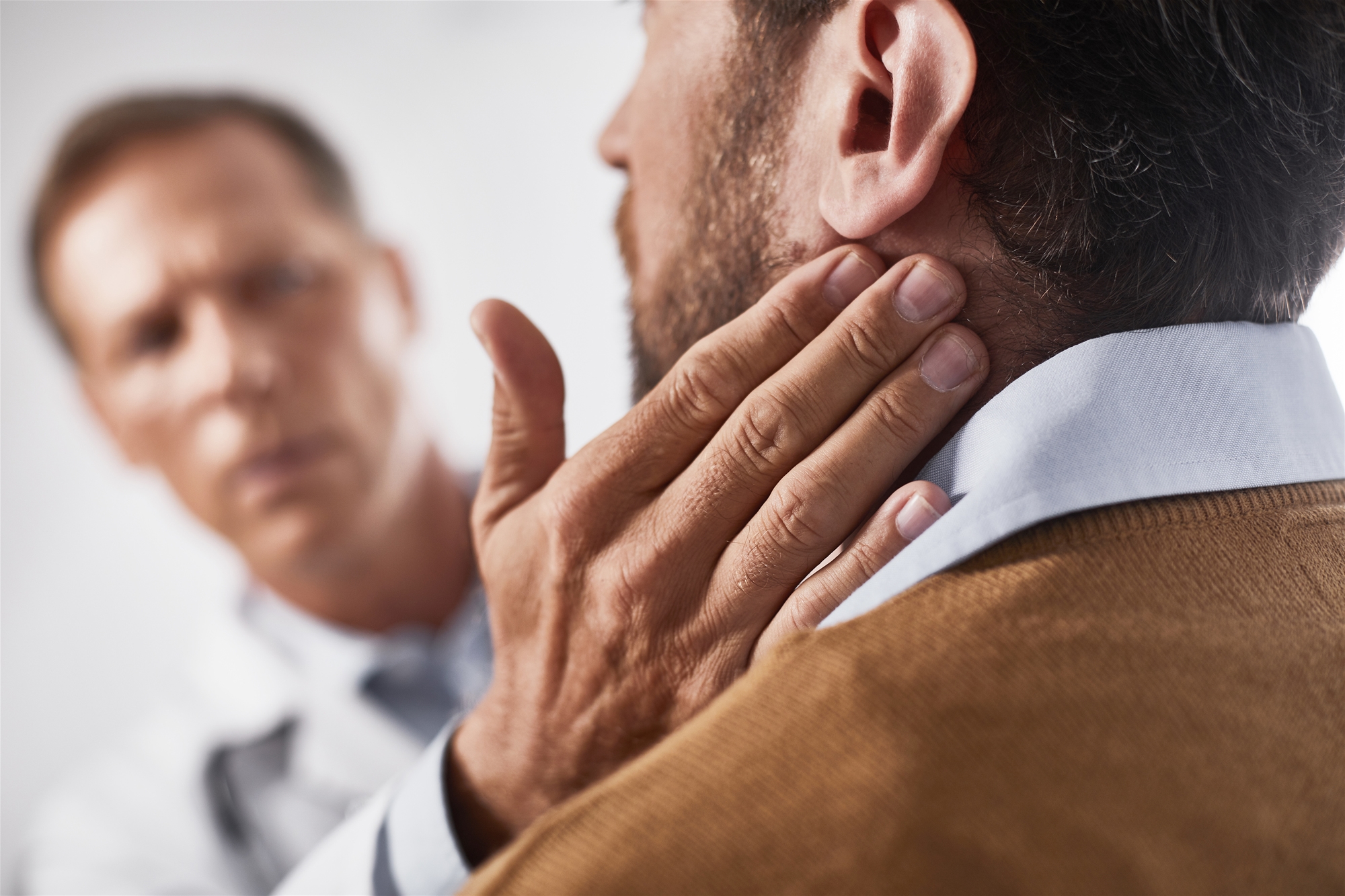Lymph nodes are a part of the body's immune system, helping the body fight against the invasion of foreign bacteria, viruses and so on. Normal adults have about 800 to 1,000 lymph nodes, about a third of them, or 200 to 300, in the neck. As a common saying goes, "illness finds its way in through the mouth, the establishment of the infection route or acquired immunity in the human body mostly starts from the upper respiratory and digestive system, so more immune defense system is needed near the mouth, nose and throat.
As lymph nodes act as "guardians" to filter, store or kill viral bacteria or abnormal cells, lymph nodes swell as a red flag of danger once the human body suffers from bacterial infections (e.g. colds), or in a few cases, abnormal cells (e.g. lymphatic metastasis of malignant tumors, malignant lymphoma, and autoimmune diseases).
Causes
The general public often find swollen lymph nodes in the neck under the following circumstances: A mother founds them inadvertently when she is bathing her child with soap; a young man happens to feel a few lymph nodes in the back of his neck that are slightly painful if pressed; when you have a cold or toothache, you can feel lymph nodes on one side of your chin that cause pain; young adults may accidentally feel painless swollen lymph nodes in the upper neck; and adult men who drink, smoke or chew betel nut have experienced persistent sore throats for several weeks and have inadvertently felt swollen lymph nodes in the middle of their neck.
In case of cervical lymph node enlargement, it is generally suspected whether there are any sources of infection at the adjacent sites, such as upper respiratory tract infection (colds), oral mucosal ulcer, tooth decay or periodontal disease, wounds or ulcers in the skin of the head and neck ; whether there are other chronic sources of infection, such as tuberculosis; and whether there is any contact with cats and dogs, or travel history in epidemic areas abroad.
The chance of a tumor should be considered as well. Generally speaking, if a swollen lymph node is found in the chin, it is usually necessary to check for ulcers or tumors in the oral area first.
When a swollen lymph node is found in the posterior upper neck, the tonsils of the nasopharynx and oropharynx should be examined carefully, and the symptoms such as bloodstained nasal mucus, aural fullness and tinnitus, facial numbness, headache, sore throat, and family history of nasopharyngeal tumors should be inquired.
If swollen lymph nodes are found in the middle of the neck, the hypopharynx, laryngeal vocal cords and thyroid gland should be examined for any symptoms of dysphagia, difficulty in eating, voice change and dyspnea. As for the enlarged lymph nodes in the lower neck, which usually originate from the thoracic, abdominal and pelvic organs, it is necessary to carefully inquire whether there is hemoptysis, dyspnea, dysdefecation and swallowing disorders, and whether there has a history of tumors in the lung, digestive organs, breast and genitourinary system in the past.

When to See a Doctor
When the infection recovers, the enlarged lymph nodes will return to normal. Generally speaking, lymph nodes less than 2cm, or painful lymph nodes (more likely caused by infection), are likely to be harmless. However, if you are concerned or lymph nodes are accompanied by the following conditions, it is recommended that you seek medical treatment as soon as possible:
- Enlarged lymph nodes that appear for no apparent reason
- A lymph node that has been enlarged or present for more than two weeks
- A lymph node that feels hard or rubbery to the touch, and does not move freely
- Swollen lymph nodes that are accompanied by a persistent high fever, night sweats, and unexplained weight loss
- Swollen lymph nodes that are accompanied by a sore throat, dysphagia or dyspnea
In general, an otolaryngology head and neck surgeon will make a comprehensive judgment based on the size, location, number, mobility, hardness and pain of the lymph nodes, as well as a thorough examination of the upper respiratory and digestive systems. Where necessary, sonography with fine needle aspiration cytology of lymph nodes and pathological examination of lymph nodes will be performed (Note: Fine needle aspiration cytology examination is that after local anesthesia and disinfection, the needle with syringe is directly or with ultrasound-guided approach inserted into the mass, and repeated aspiration is made from different angles to obtain cytological examination).
Reminders
The lymph nodes of normal adults are mostly less than 1cm, which are not easily detected by palpation by themselves or examiners, but children's immunity is still in the stage of learning and construction. Their lymphatic system is always stimulated by new foreign pathogens, so they are often in readiness for combat. Children have more and larger and palpable cervical lymph nodes than adults. After puberty, their immune system matures and the lymph nodes gradually shrink to normal size.
If you find that your child's cervical lymph nodes are enlarged, given the normal lymph node enlargement during the child's development, you should pay attention to whether the child has recently had an upper respiratory tract infection (often accompanied by cough, runny nose, sore throat, fever), or whether the condition is accompanied by anorexia, fever, congestion, weight loss, and poor vitality. If that is the case, the hematologic and lymphatic system might have malfunctioned and doctors will arrange further examinations as necessary.

